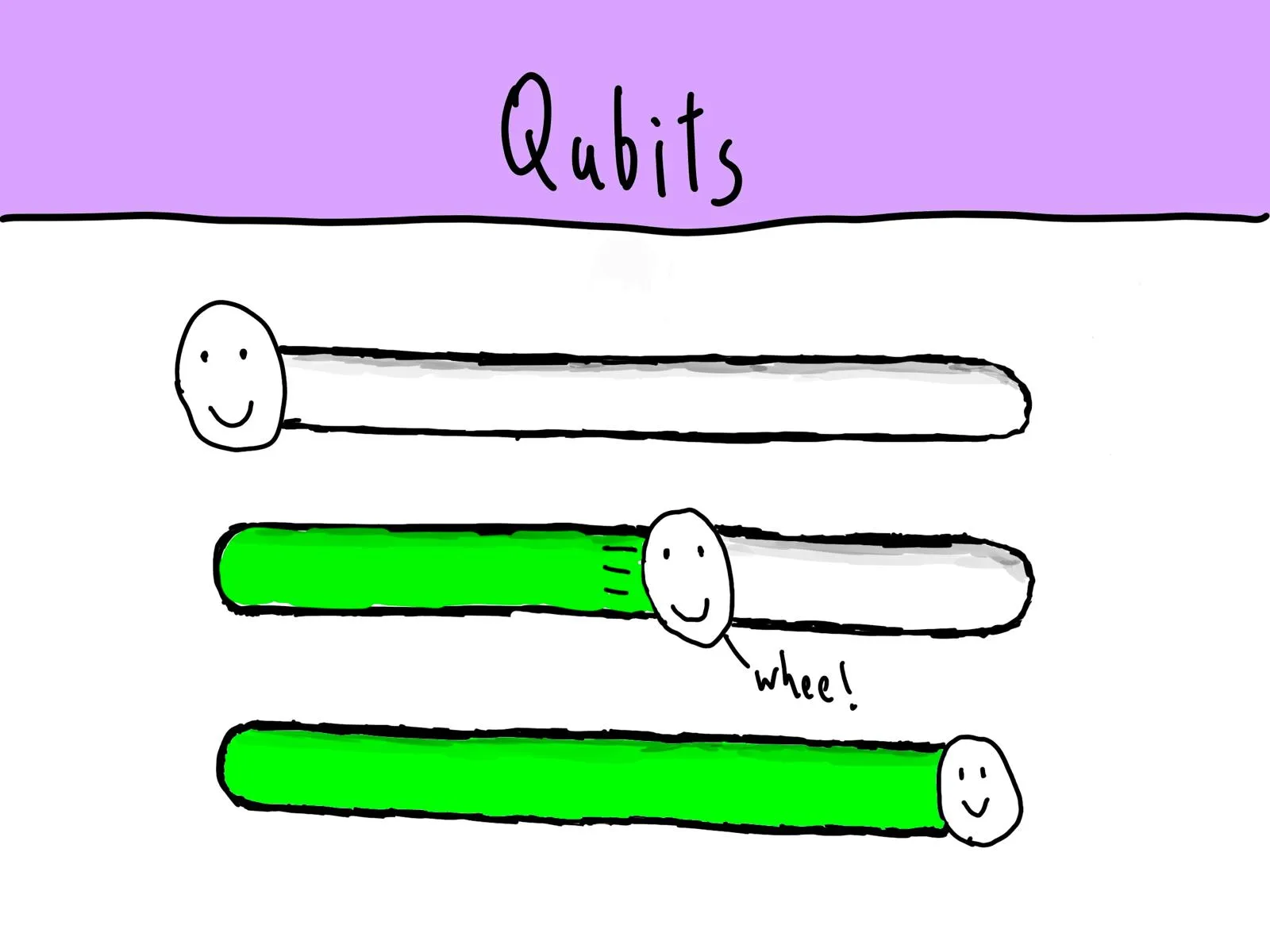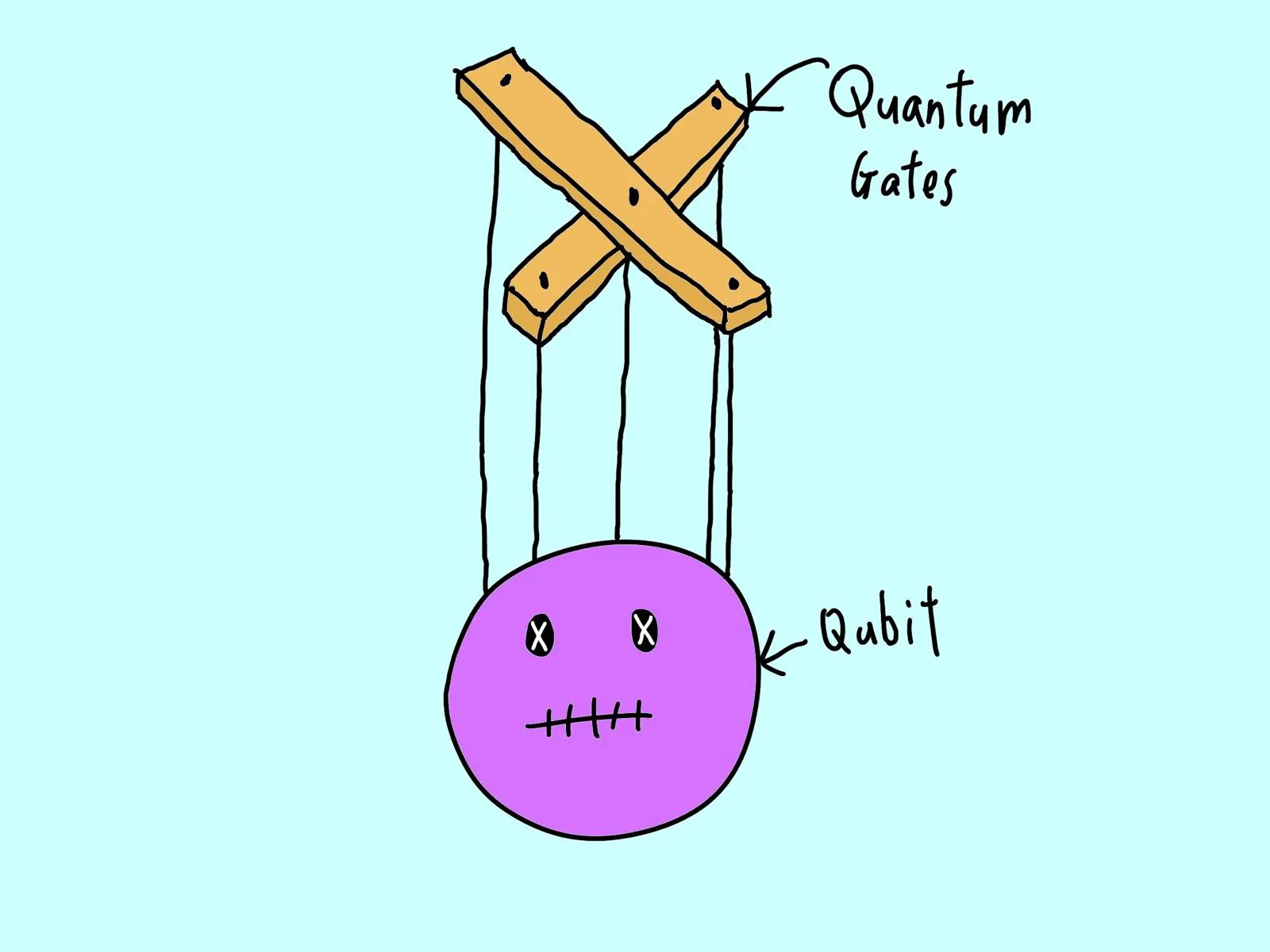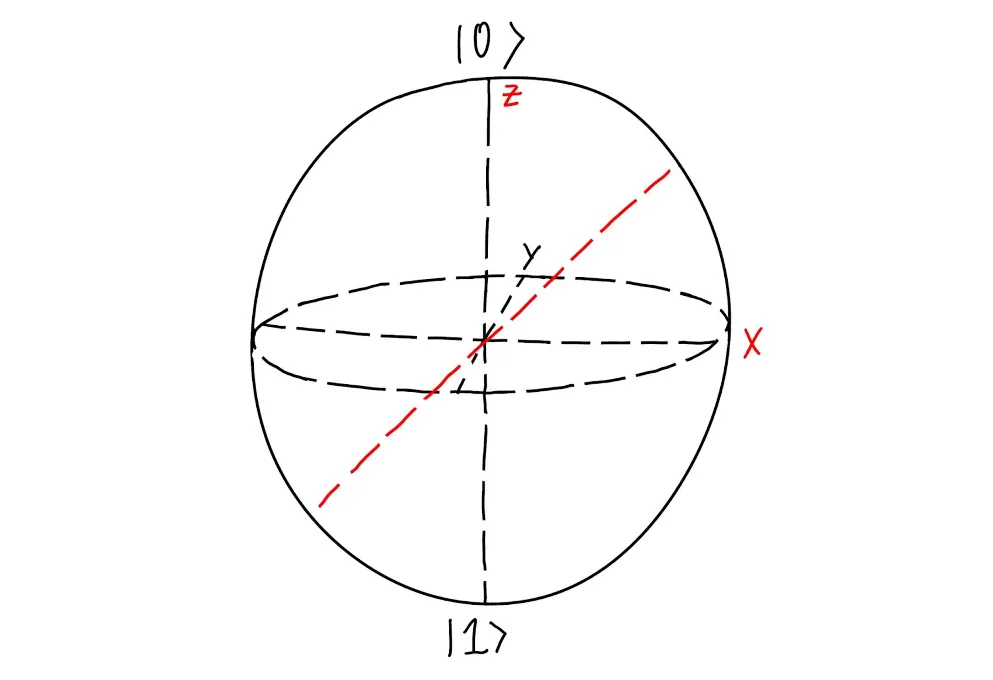More on Superposition and the Slider
Introduction
Hi, I am Jaydon, a recent high school graduate interning at pQCee. This article is part 2 of a series on quantum mechanics for high schoolers and below. The other articles are:
- Intro to qubits, basics of superposition, pros and cons of quantum computers
- Intro to entanglement, CNOT gate
Superposition
The previous post mentioned how qubits are like slide bars and how superposition is like being somewhere in the middle of the slide bar. What exactly does this mean?
Superposition does not mean a qubit is in some in-between state like 0.5. Instead, it refers to a combination of the 0 and 1 states. When we look at a qubit in superposition, it has to decide to be either 0 or 1 (collapse). The probability of collapsing into either state depends on the specific combination of states.
Hadamard Gates
How is a qubit put into superposition? First we must understand quantum gates.
To build a quantum computer, we need to pass qubits through quantum gates, similar to how classical bits pass through logic gates. These gates can change the state of qubits, telling them what to do and controlling their interactions with each other.
Hadamard gates (H gates) are a simple yet important type of quantum gate that puts qubits in a definite state into superposition. Once a definite state qubit passes through a Hadamard gate it has a 50/50 chance of being measured as 0 or 1.
The Problem
What would happen if we pass a definite qubit through two Hadamard gates?
The output is the same as the original qubit! Why does this happen?
Explanation
We can think of a single qubit as a sphere with a centre. An arrow points from the centre to a point on the sphere’s surface, representing the state of the qubit. The closer the arrow is to 0 or 1 the higher the chances of it collapsing into that state
The Hadamard gate flips any arrow halfway around this line in red between the x and z axes.
For example, when a qubit in the 0 state passes through a Hadamard gate, it gets rotated 180 degrees around the red line.
The arrow now points halfway between 0 and 1 so it is in superposition and has a 50/50 chance of being measured as 0 or 1.
Since one Hadamard gate does a half rotation, 2 Hadamard gates do a full rotation around the line, so the arrow ends up right where it started and the qubit is unchanged.
Conclusion
Superposition is a useful topic to understand as it is one of the most important features of quantum computers. Hopefully you learnt something regarding superposition and how Hadamard gates work!
Acknowledgements
Much of my knowledge and inspiration regarding this quantum computing series came from the book "Quantum Computing for the Quantum Curious" (Hughes et al., 2021). It was very helpful in explaining concepts in quantum mechanics and quantum computing to high school students.









